Scenario -
You have been asked by the electrical workshop technician to check and test,. circuits used in the workshop before they are used. You have been asked to check basic circuits both by use of theory and practical.
Task 1 -
Task 1a - All working out must be clearly shown; merely giving an answer will not meet the pass criteria. Both circuit 1a and circuit 1b need to be completed.
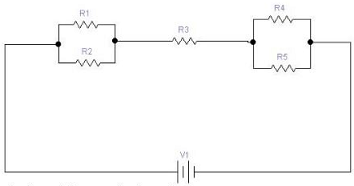
Using circuit reduction techniques on the above circuit.
a) Reduce the circuit to the equivalent of three series resistors and redraw this new circuit.
b) Calculate the circuit's total resistance and the current dra.ven from the supply.
c) Calculate the voltages across the three 'series' resistances.
d) Return to the original circuit and calculate the current flowing through the R1 resistor and the current flowing through the R2 resistor.
e) Calculate the current flowing through the R4 resistor and the current flowing through the R5 resistor.
Values for R1-R5 and V1 are different for each student and are listed at the end of this brief.
Task 1b - All working out must be dearly shown; merely giving an answer will not meet the pass criteria.
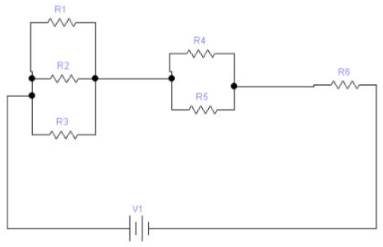
Using circuit reduction techniques on the above circuit.
a) Reduce the circuit to the equivalent of three series resistors and redraw this new circuit.
b) Calculate the circuit's total resistance and the current drawn from the supply.
c) Calculate the voltages across the three series resistances of your redrawn circuit.
d) Return to the original circuit shown above and calculate the current flowing through the R1, the R2 and the R3 resistors.
e) Calculate the current flowing through the R4 resistor.
f) Calculate the current flowing through the R5 resistor.
Values for Voltage (V1) and Resistors (R1 through R5) can be found in the assessment plan. mAke sure you use only the values next to your name.
Task 2 -
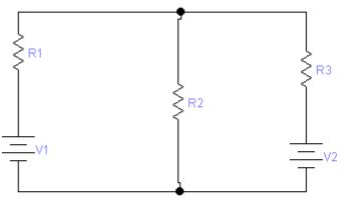
Using Kirchhoff voltage and current laws and the values listed in the assessment plan, calculate the current flowing in each branch of the above diagram.
You must clearly show all working and each step taken in order to get the grade.
Task 3 -
a) Construct using Electronic Workbench, the circuit below using a 1N4007 Diode as D1 and load Resistor (any value between 1000 and 1kΩ).
b) Connect suitable meters to measure the voltage across D1 (VD) and the current through D1(ID)
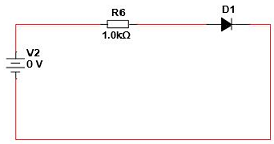
c) Adjust V2 to the Voltages on the table below, writing in the readings obtained from the multimeters in the gaps supplied
|
VS
|
0.1V
|
0.2V
|
0.3V
|
0.4V
|
0.5V
|
0.6V
|
0.7V
|
0.8V
|
0.9V
|
1.0V
|
1.1V
|
1.2V
|
|
VD
|
|
|
|
|
|
|
|
|
|
|
|
|
|
ID
|
|
|
|
|
|
|
|
|
|
|
|
|
d) Use graph paper (or graphing software) to draw a graph of ID against VD.
e) Now convert D1 in reverse bias as shown below.
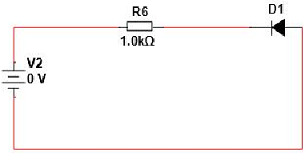
f) Adjust V2 to the Voltages on the table below writing in the readings obtained from the multimeters in the gaps supplied
|
VS2V
|
2V
|
4V
|
6V
|
8V
|
10V
|
12V
|
14V
|
16V
|
|
VD
|
|
|
|
|
|
|
|
|
|
ID
|
|
|
|
|
|
|
|
|
g) Use graph paper (or graphing software) to draw a graph of ID against VD.
h) Repeat tasks 1 through 6 replacing the 1N4007 diode with a SY356 Diode.
i) Compare the results of the graphs of the 1N4007 to those of the SY356 Diode's.